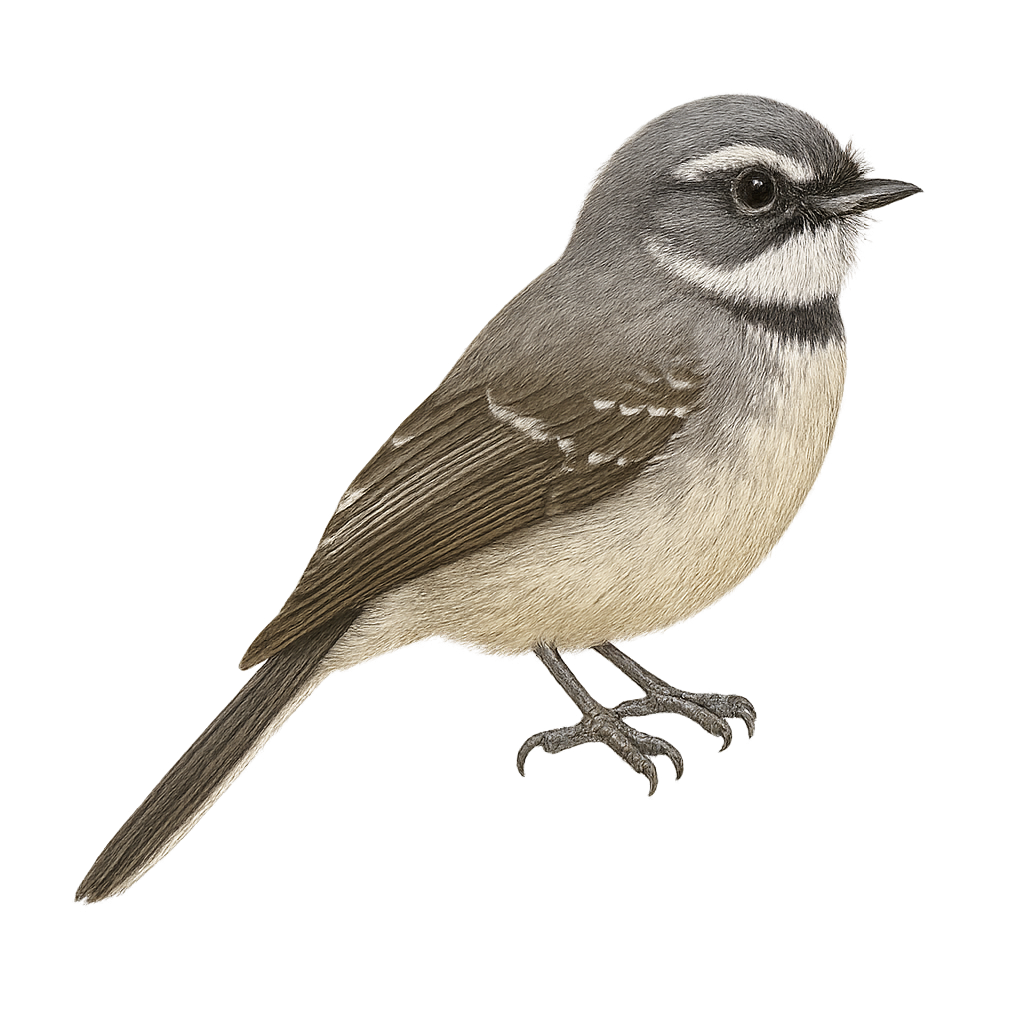Your wildlife photography guide.
Explore the willie wagtail in detail, study its behavior, prepare your shots.
Where to observe and photograph the willie wagtail in the wild
Learn where and when to spot the willie wagtail in the wild, how to identify the species based on distinctive features, and what natural environments it inhabits. The WildlifePhotographer app offers tailored photography tips that reflect the willie wagtail’s behavior, helping you capture better wildlife images. Explore the full species profile for key information including description, habitat, active periods, and approach techniques.
Willie Wagtail
Scientific name: Rhipidura albiscapa

IUCN Status: Least Concern
Family: RHIPIDURIDAE
Group: Birds
Sensitivity to human approach: Suspicious
Minimum approach distance: 5 m
Courtship display: September to October
Incubation: 14-15 jours
Hatchings: September to November
Habitat:
Grasslands, sparse forests, urban gardens
Activity period :
Primarily active during the day, with peak activity in the morning and late afternoon.
Identification and description:
The Willie Wagtail is a small, lively bird commonly found in Australia and parts of New Guinea. It is easily recognizable by its distinctive black and white plumage and long tail, which it frequently wags. This behavior helps it catch insects in flight. It prefers open habitats such as grasslands, sparse forests, and urban gardens. Although territorial, it is often seen following larger animals to catch insects they disturb. Its song is melodious and varied, making it popular among bird watchers.
Recommended lens:
400 mm – adjust based on distance, desired framing (portrait or habitat), and approach conditions.
Photography tips:
To photograph the Willie Wagtail, it is advisable to use a 400mm lens or longer to capture detailed images without disturbing the bird. Look for it in grasslands or urban gardens where it is active during the day. Be patient and discreet, as although it is suspicious, it may get used to your presence if you remain still. Take advantage of the natural morning or afternoon light to get well-lit shots and highlight its contrasting plumage.
The WildlifePhotographer App is coming soon!
Be the first to explore the best nature spots, track rutting seasons, log your observations, and observe more wildlife.
Already 1 430 wildlife lovers subscribed worldwide

